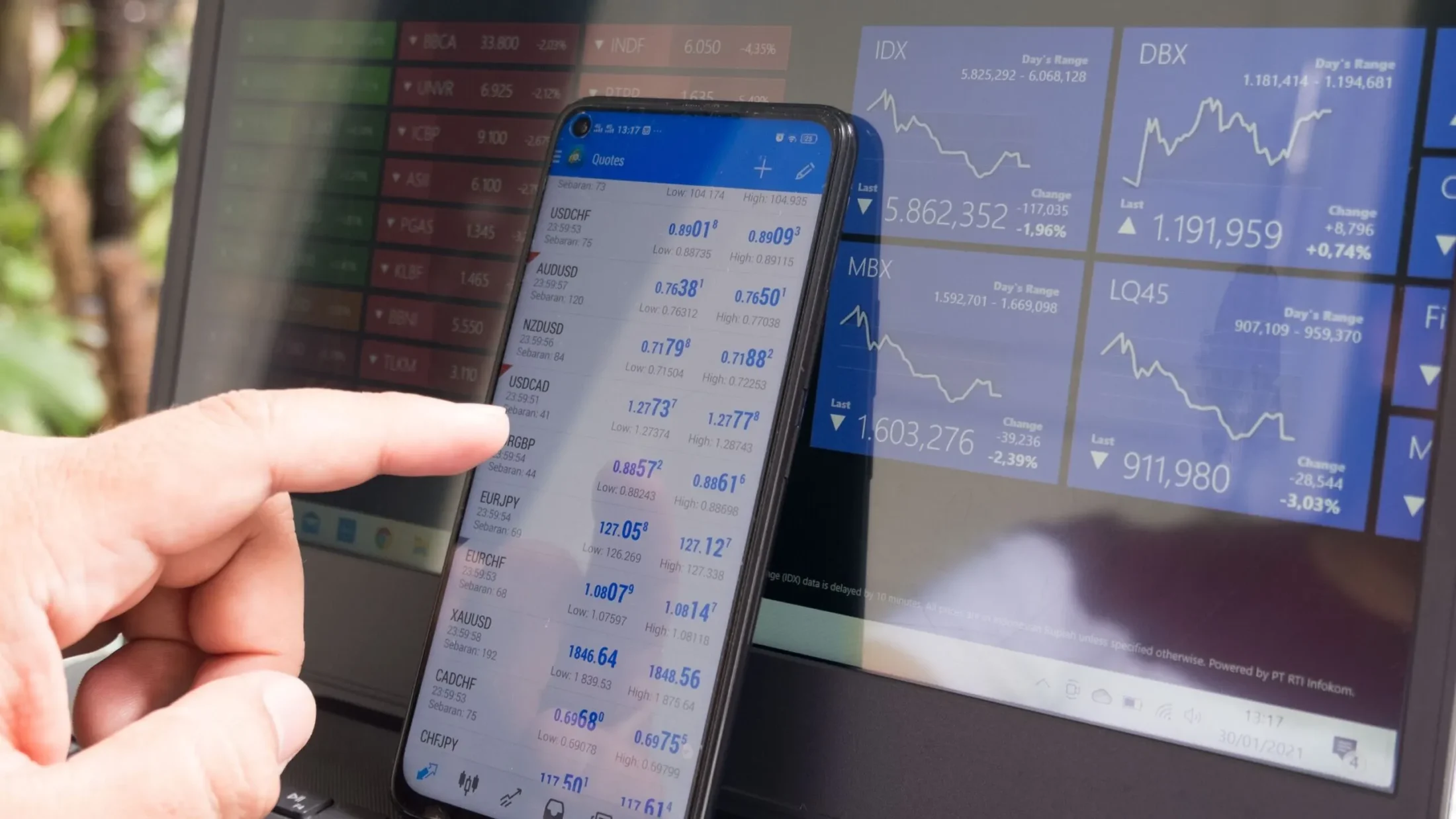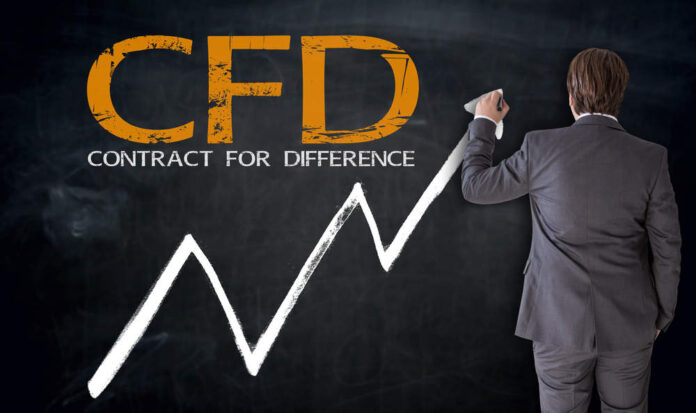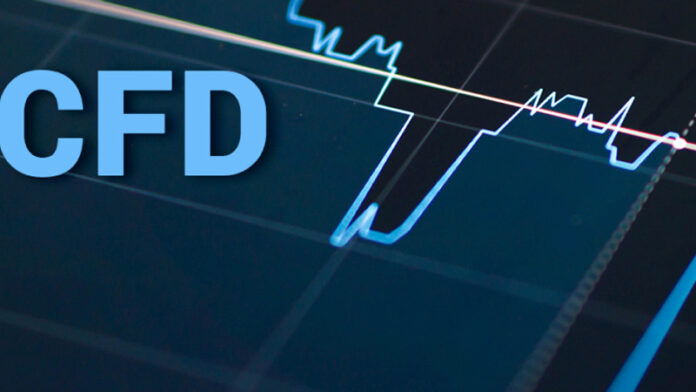Are you ready to capitalise on the booming commodities markets but need to know where to start? Contracts for Differences (CFDs) are a simple and potentially lucrative way of gaining exposure to commodities like gold, silver, or oil. By investing in commodity CFDs, investors can quickly diversify their portfolios and gain access to a broader array of raw materials for successful investing.
In this article, we will look in-depth at what makes commodity CFDs such an attractive investment option for any investor looking to get involved in the world of commodities trading. Commodity CFDs differ from most other forms of commodity trading in that the client never takes physical delivery of the underlying asset – similar structures are also possible in the forward and futures markets, but with high minimum lot sizes that exclude most investors. For many commodities, CFDs are the only realistic way retail investors can gain exposure to price action.
What are Commodity CFDs and How Do They Work?

Commodity CFDs are Contracts for Differences that allow investors to speculate on the price movements of physical commodities such as precious metals, oil, and agricultural products. These contracts provide investors with an easy way to invest in the price movements of commodities without purchasing the physical commodity outright.
Commodity CFDs track the performance of a specific commodity. By purchasing a contract or multiple contracts, investors gain exposure to the price movement of the underlying commodity. They can effectively diversify an investment portfolio, as the commodity markets sometimes move in tandem with traditional stocks and bonds, but not always.
With CFDs, commodity investors can also potentially profit from markets whether they are bullish or bearish. This is because they can speculate on prices in either direction, allowing greater freedom in trading.
Nevertheless, investors need to understand the risks associated with investing in commodities, such as high volatility and the susceptibility to supply and demand shocks. Overall, commodity CFDs provide a unique investment opportunity for those looking to diversify their portfolio with commodities. Learn more here about what global commodity CFDs are available for trading.
Advantages of Investing in Commodity CFDs
When it comes to investing, diversification is critical. Commodity CFDs offer a unique opportunity to diversify one’s portfolio. Commodity CFDs allow investors to gain exposure to various sectors, such as agriculture, energy, metals, and more, without purchasing physical commodities. These CFDs also offer high liquidity and transparency, making them a feasible option for personal and institutional investors. Because retail investors do not have the facilities to take delivery of iron ore, wheat, or (with some exceptions) physical gold, it is essential that the contracts they trade do not run the risk of physical delivery. This is a key difference between hedgers – commodity traders who are looking to reduce market risk for their business operations – and speculators, who are simply trading price action without wanting to take ownership of the underlying asset.
CFDs also offer leverage, meaning traders can open a larger position than their funds would otherwise allow. However, leveraged trading comes with a high level of risk due to the possibility of amplifying both profits and losses, which can lead to losses exceeding expectations. Therefore, it is always recommended that traders start with low leverage when trading to avoid taking on more risk than they can afford.
Finally, commodities perform well during inflationary environments or when other assets, such as stocks and bonds, are underperforming. There has been much discussion of the ‘commodity supercycle’, an alleged 30-year cycle that sees drastic increases in commodity prices across the board, last noted in the early 2000s. Not everyone accepts the existence of commodity supercylces, but investors should be aware that industrial commodities such as base metals and energy tend to move price in lockstep. Overall, investing in commodity CFDs provides a range of advantages that should be considered when constructing a well-balanced investment portfolio.
Tax Implications for Commodity CFDs

Investing in commodity CFDs can have tax implications for investors like any other investment. The taxation of these funds is determined by the type of commodity and the holding period of the investment. Commodity CFD traders may be liable to capital gains taxes when they exceed a certain amount, depending on the local regulations. Understanding taxation on CFDs is crucial, as it will have a profound impact on your overall gains at the end of your investment period.
Risks associated with Investing in Commodity CFDs
As with any investment, risks are associated with investing in commodity CFDs. These include volatility, supply and demand shocks, geopolitical events, and government policy and regulation changes. Commodities are an inherently risky asset, and should only be traded by investors who are comfortable with this. Unlike stocks and bonds – and with the key exception of gold – commodities are not a ‘normal’ part of an investment portfolio.
The commodity markets can be highly volatile, leading to rapid price movements that may result in significant gains or losses for investors. Additionally, sudden shifts in global supply and demand for a particular commodity can also impact the performance of a commodity. It is essential for investors to thoroughly research and understand the risks associated with investing in specific commodities before making any investment decisions.
How to Get Started with Commodity CFDs

Ready to start investing in commodity CFDs? The first step is to research and understand the various types of CFDs available and their underlying commodities. It is essential to consider expenses, liquidity, and tax implications before making investment decisions.
Once you have chosen a commodity CFD that aligns with your investment goals, you can purchase contracts on an exchange. Remember that commodity CFDs can be bought with varying levels of leverage, allowing flexibility in one’s investment portfolio.
Conclusion
Commodity CFDs offer investors a unique opportunity to diversify their portfolio with physical commodities without purchasing the physical commodity outright. These contracts provide advantages such as access to leverage, high liquidity, and exposure to different areas within the commodity market. However, investors must understand the risks of investing in commodities and carefully research before making investment decisions.









